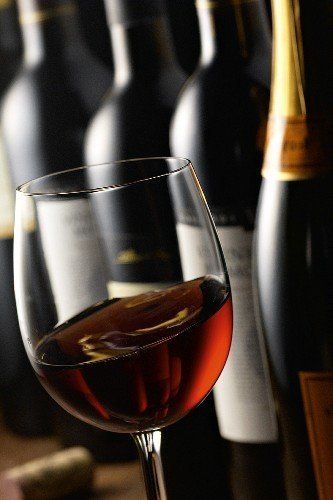All about Blended Wines
For the most part, people either choose Red Wines as their favorite choice or White Wines as their preferred wine. Learning about each specific wine is very important. Because once presented with the opportunity to sample a Blended Wine, many people found that this became their preferred Wine. This added a third variety of wine to their preferences and expanded the types and blends.
As you understand how to pair these three varieties of wine, it gives you a wide range of foods and new recipes that can turn dinner into a special event. Your family and friends will never want to miss it. The information below on Blended Wines will help you understand this particular wine and encourage you to try new wines.
The Wine Director and sommelier, Mariana Onofri at The Vines of Mendoza, explains that Blends are very complex but exciting wines. Mariana oversees 100 or more blending sessions per year with guests and owners of the company’s vineyard. Ross Szabo sums it up with this quote. In my last piece, I called blended wines the ice cream sundae of all of my favorite grapes”.
Here are some facts you need to know:
1. Difference between blended and varietal wines. Blends are just what their name implies. There is usually 40-50 percent of one type of grape and a more miniature mix of two or more other grapes. In the United States, it takes 75% of one type of grape for it to be a varietal. And A Varietal combines grapes from different locations in the vineyard or other regions. A Varietal must have all of the same types of grapes used to make the Wine. Grapes added to enhance the elements by some Wineries are still considered varietal wine. Malbec and Chardonnay are just a couple of varietal wines.
See my page on a Fine Wine of the Month Club
Winemakers must use one grape type for a varietal In Europe, 80% and Argentina 85%.
2. Blending wines is complex: To maximize the aroma, body, expression, finish, and texture makes blending wine very difficult. So Winemakers add as much as 5% five percent of a grape with a much more pungent smell when Wine does not have a strong scent and can be blended. Sometimes the winemaker may experiment by adding some other types of varietals from other vineyards. Grapes fermented in different containers or harvested at different times of ripeness or some that could have been aged in oak may be added.
See The Fine Wine of the Month Club on My Page
3. Standard varietal In the United States, it takes 75% of one type of grape for it to be a varietal. Grapes from different locations in the vineyard are combined or from a different region are used for a varietal. However, for a varietal, all of the same types of grape are used. Wineries may add other grapes to enhance the elements and still be considered a varietal wine. Malbec and Chardonnay are just a couple of varietal wines.
Read About A Fine Wine of the Month Club on My Page
The favorite blend of wine in Argentina, which has the most variety of blended wines. The characteristics of the wine by year and the grape’s expression make a better aroma for the wine. Merlot gives the wine a great aroma and makes it smoother and fresher. A winemaker may choose Cabernet Franc or Sauvignon and often add structure, tannin concentration, or create a more powerful wine. The possibility for Combinations is endless and will result in fantastic quality blended wines.
4. Single varietals make for good blending. Winemakers make specific wines Cabernet Sauvignon, Malbec, and Merlot by the barrel to blend. The Winemaker decides the best formula for a blend at the time the grapes are harvested. Winemakers also choose the barrels to mix and allow them to experiment to find the very best mixtures. The strength of a Grape is highlighted to enhance and complement the other grapes in the blend.
Read About A Fine Wine of the Month Club on My Page
5. The timeline for mixing wines varies: Winemakers use a steel tank to mix blends. Some Winemakers use an oak barrel for their higher-end blended wines and put the wine in the oak barrels halfway through the aging process. Some wait to combine the wines just a couple of weeks before bottling. Others will integrate the wines and let them ferment from the start. It’s rare for Winemakers to age their Lower cost blends in oak barrels but definitely will age their higher-cost combinations in oak barrels. Again, the goal is to develop the best of everything in the wines, and each winery determines what approach works best for them.
White Wines are Pure Varietals. Specific regions in Europe where Winemakers use at least two white grapes are an exception. Pinot Noir Grapes blended the least. One hundred percent Pinot Noir is Burgundy Wine..
